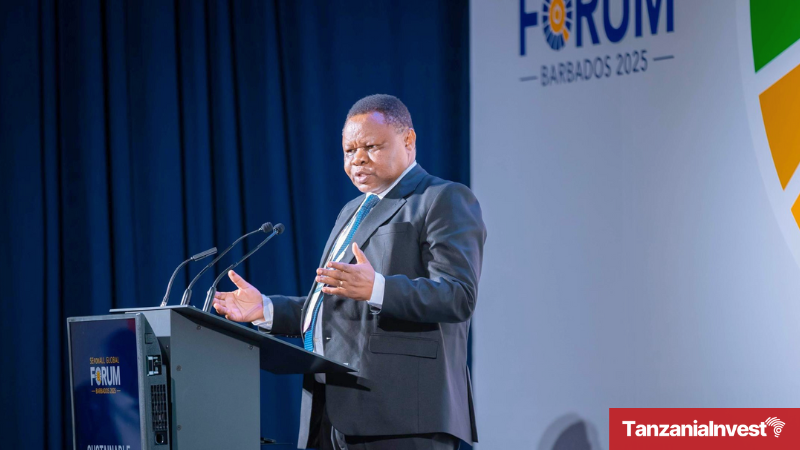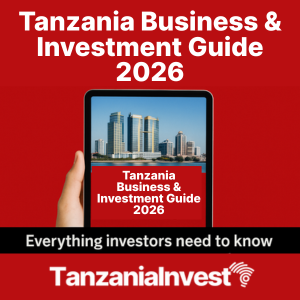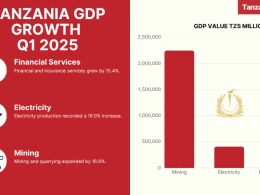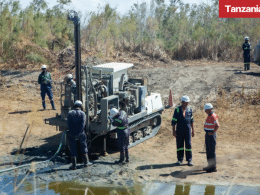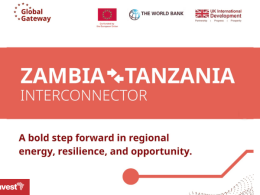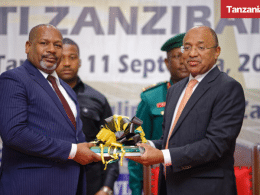Tanzania has announced plans to integrate geothermal energy into its national grid by 2030 as part of its commitment to reliable renewable energy and sustainable development, aligning with the Tanzania Vision 2025, which emphasizes energy as a pillar of economic transformation.
The announcement was made by the Permanent Secretary of the Ministry of Energy, Hon. Felchesmi Mramba, during a leadership discussion at the International Sustainable Energy for All (SEforALL) conference held in Bridgetown, Barbados.
“Our goal is to connect geothermal energy to the national grid by 2030. This is part of our broader ambition to ensure universal access to electricity by 2030 and achieve net-zero carbon emissions by 2050. This aligns with the 2015 National Energy Policy, the 2020 Energy Master Plan, and the Dar es Salaam Declaration on ‘Mission 300’ from the 2025 African Energy Summit,” said Mr. Mramba.
He further explained that 16 regions in Tanzania are set to benefit from geothermal energy development, which will serve as a cornerstone of the country’s sustainable energy strategy.
This commitment is evident through the establishment of the Tanzania Geothermal Development Company (TGDC), which is tasked with exploring and developing geothermal resources. To date, TGDC is working on over 50 sites across the country.
To attract investment, the government has implemented a robust policy and regulatory framework to encourage international investors to conduct research and unlock the full potential of geothermal energy. “Recognizing its strategic importance, the Government of the United Republic of Tanzania has prioritized geothermal energy in the national energy development agenda,” Mr. Mramba added.
The Minister of Energy for the Federation of St. Kitts and Nevis, Hon. Konris Maynard, also emphasized the need for countries to promote geothermal energy and transition away from environmentally harmful energy sources. He urged stakeholders at the conference to continue advocating for the adoption of geothermal energy.
Tanzania is endowed with significant geothermal energy potential, estimated at over 5,000 MW of electricity and 15,000 MW of thermal energy. The country’s geographical location, surrounded by the East African Rift System (EARS) to the east and west, provides a favorable geological foundation for harnessing this renewable resource.





